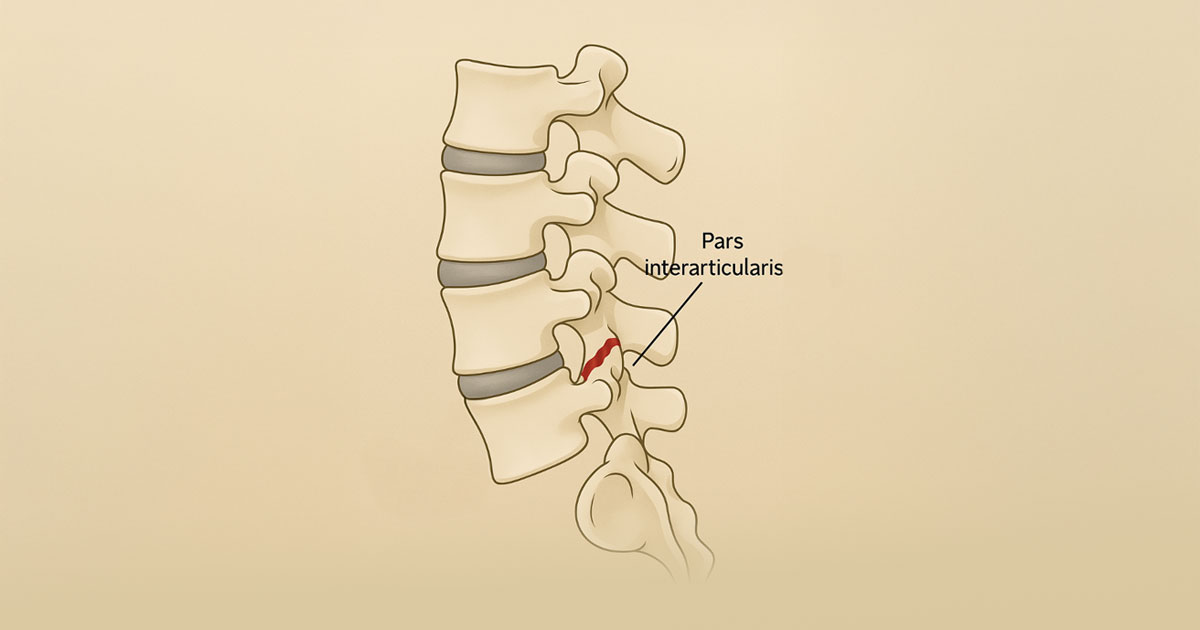
Understanding Lumbar Pars Stress Fractures in Adolescents: A Comprehensive Guide
Lumbar pars stress fractures, commonly known as spondylolysis, are a frequent concern for adolescents, especially those participating in sports involving repetitive spinal motions. This guide will help you understand what these fractures are, their causes, symptoms, imaging techniques for diagnosis and effective management strategies, including the vital role of sports chiropractors and physiotherapists.
What Are Lumbar Pars Stress Fractures?
The lumbar region of the spine consists of several vertebrae, and the pars interarticularis is a small bone segment that connects the upper and lower facets of these vertebrae. Overuse and repetitive stress in this area can lead to lumbar pars stress fractures, which are particularly common among active adolescents.
Common Causes
Several factors contribute to the development of lumbar pars stress fractures:
- Repetitive Motion and Overuse
Sports such as gymnastics, diving, football (all codes), tennis and cricket require repeated spinal extension and rotation, increasing stress on the lumbar spine over time. - Genetic Predisposition
Some adolescents may have inherent bone weaknesses that make them more susceptible to stress fractures. - Growth Spurts
Adolescents experience rapid growth, making bones more vulnerable to injuries as they grow and mature. - Poor Technique or Training Errors
Incorrect form during physical activities can place undue stress on the lower back, leading to injury. - Inadequate Rest
Possibly the most important and preventable factor for young athletes and active individuals: overtraining without adequate rest can contribute significantly to the risk of developing stress fractures.
Recognising the Symptoms
Awareness of the symptoms associated with lumbar pars stress fractures is crucial for timely intervention.
- Lower Back Pain
This is often experienced as a dull ache in the lower back, which worsens with activity and improves with rest. - Pain with Extension
Pain may intensify during activities involving backward bending of the spine. - Limb Pain or Tightness
Some individuals might experience radiating pain or tightness in the buttocks or legs, although this is less common.
Best Imaging Techniques for Diagnosis
Diagnosing lumbar pars stress fractures accurately is essential for effective management:
- MRI with VIBE Sequence
MRI scans are excellent for identifying structures without exposing patients to radiation. The VIBE (Volumetric Interpolated Breathe-hold Examination) technique enhances image quality to visualise stress reactions even before a fracture appears. VIBE is an important addition, as standard MRI is generally great for soft tissue visualisation. - X-ray
While X-rays can identify visible fractures, early stress injuries might not be detectable. - CT Scan
This method offers detailed images of the bone structure, making it useful for assessing the severity of fractures. - Bone Scan
Although less commonly used now, bone scans can highlight areas of increased metabolic activity associated with stress fractures.
Effective Management Strategies
Treating lumbar pars stress fractures involves a multifaceted approach focusing on recovery and prevention:
Rest and Activity Modification
First and foremost, a vital step in healing from stress fractures is rest. Initial management includes removing activities that cause pain and excessive movement to facilitate bone remodelling and good vascularisation. This usually involves a period of a few weeks with minimal activity to let the injury cycle through old blood and inflammation and begin laying down new, healthy bone tissue.Physical Therapy and Rehabilitation
During this healing phase, a personalised physical therapy plan can strengthen core muscles and stabilise spinal movements. Gentle exercises will help maintain conditioning during the rest period and prepare the body to gradually return to activity.Sports Chiropractic and Physiotherapy
Engaging with professionals at Spectrum Healthcare will provide tailored rehabilitation that may include hands-on techniques like soft tissue release, dry needling, and spinal adjustments to help with pain management throughout the healing process.Gradual Return to Activity
After the healing is complete, returning to sports should be a phased process supervised by qualified practitioners, beginning with low-impact exercises and gradually advancing to sport-specific activities. If a return too quickly or too much activity occurs, complications or reinjury are much more likely.Education and Technique Correction
Teaching young athletes about proper techniques, suitable training loads, and the significance of rest can help prevent future injuries.
Understanding the Progression of Stress Injuries
Failing to address back pain and overtraining can lead to more severe conditions, such as spondylolisthesis, where a vertebra slips forward. This progression from bone stress to fracture and eventually to spinal deformity can be severe and lead to symptoms like increased pain, nerve compression, and muscle weakness.
Addressing lumbar pars stress fractures in adolescents requires a holistic approach that emphasises accurate diagnosis, effective rehabilitation, and preventive measures. Early intervention by healthcare professionals is crucial for recovery and a safe return to sports. By adhering to rehabilitation plans and practising mindful training, young athletes can significantly reduce re-injury risk.
If you have concerns about lumbar pars stress fractures or want more personalised advice, don’t hesitate to contact the team at Spectrum Healthcare on (02) 9889 3344. We are here to support you on your journey to recovery and safe athletic participation.
